Home>Home Appliances>Laundry Appliances>What Size Drain Pipe For A Washing Machine
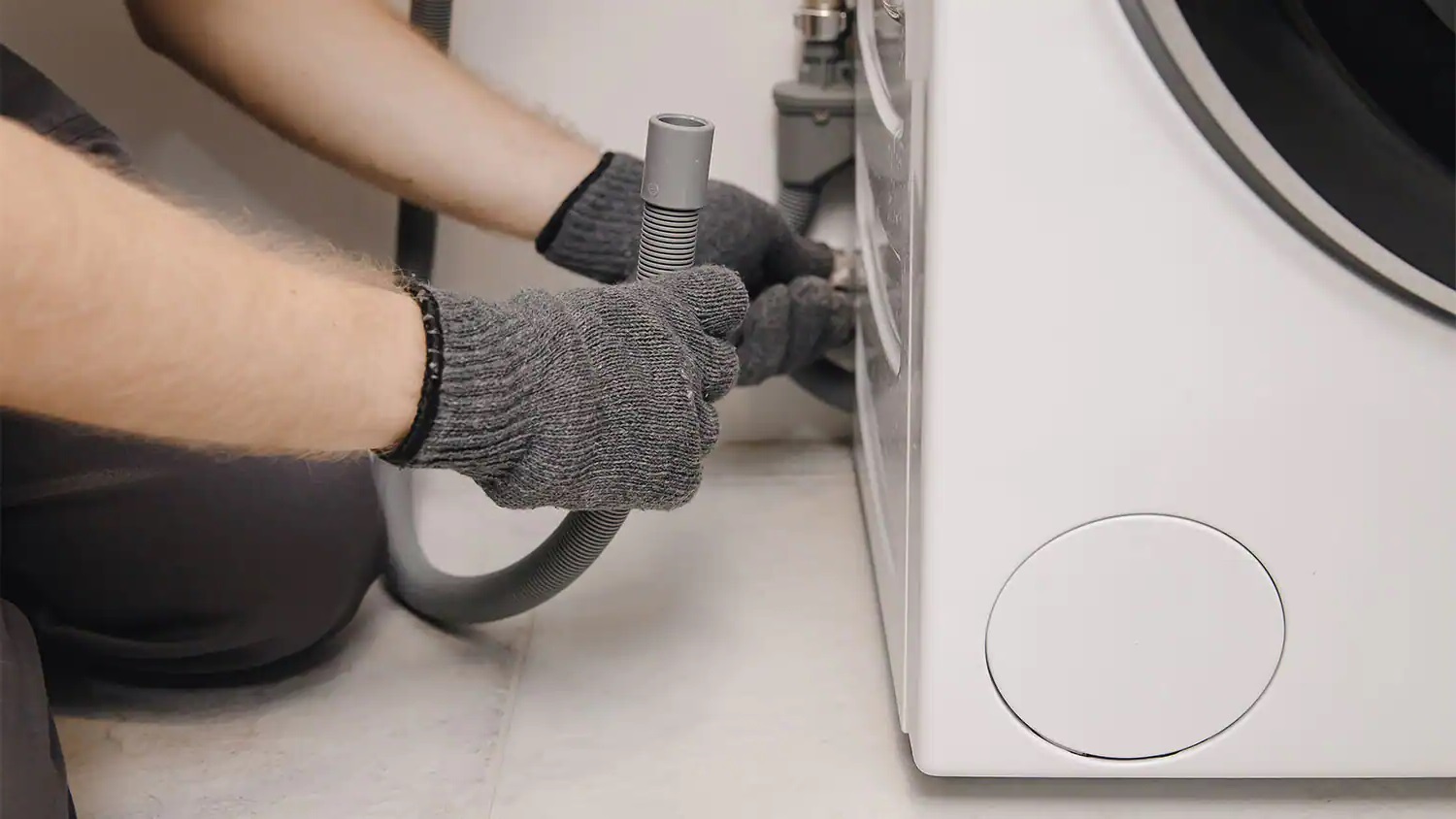

Laundry Appliances
What Size Drain Pipe For A Washing Machine
Modified: August 27, 2024
Learn about the right drain pipe size for your laundry appliances. Find out the best options for your washing machine. Get expert advice now!
(Many of the links in this article redirect to a specific reviewed product. Your purchase of these products through affiliate links helps to generate commission for Storables.com, at no extra cost. Learn more)
Importance of Proper Drain Pipe Size
The proper drain pipe size is a crucial factor in ensuring the efficient and effective operation of a washing machine. A correctly sized drain pipe facilitates the smooth flow of water from the washing machine to the drainage system, preventing potential issues such as water backup, slow drainage, or even machine malfunction.
When the drain pipe is too small, it can lead to water overflow, causing a mess and potential water damage to the surrounding area. On the other hand, an excessively large drain pipe may not provide enough pressure to effectively remove the wastewater from the machine, resulting in inadequate drainage and potential foul odors.
Moreover, a properly sized drain pipe helps to prevent clogs and blockages, which can lead to costly repairs and inconvenience. By allowing the water to flow freely, the risk of debris accumulation and subsequent drainage problems is significantly reduced.
In addition to the functional aspects, the correct drain pipe size also contributes to the overall safety of the washing machine operation. Adequate drainage helps to prevent water from pooling around the machine, reducing the risk of slips and falls. It also minimizes the likelihood of water seepage into electrical components, which could pose a safety hazard.
In essence, the importance of selecting the right drain pipe size for a washing machine cannot be overstated. It not only ensures the smooth and efficient operation of the appliance but also plays a vital role in preventing potential water damage, clogs, and safety hazards. Therefore, homeowners and installers should prioritize this aspect to maintain the optimal performance and longevity of the washing machine while promoting a safe and hassle-free laundry experience.
Key Takeaways:
- Proper drain pipe size is crucial for a washing machine’s efficient operation, preventing water backup and potential damage. It also contributes to safety and prevents clogs, ensuring a hassle-free laundry experience.
- Factors like flow rate, distance, and future upgrades must be considered when choosing a drain pipe size. Common sizes range from 1 ½ to 2 inches, and professional guidance is advisable for complex installations.
Read more: What Size Pipe For Washer Drain
Factors to Consider When Choosing Drain Pipe Size
When determining the appropriate drain pipe size for a washing machine, several crucial factors come into play. Understanding these considerations is essential for ensuring the optimal performance and longevity of the appliance, as well as the overall safety and functionality of the drainage system.
1. Flow Rate:
The flow rate of the washing machine's drainage system is a fundamental factor to consider when selecting the drain pipe size. The flow rate is determined by the volume of water discharged during the machine's operation. A larger washing machine with a higher capacity will necessitate a larger drain pipe to accommodate the increased flow rate. Conversely, a smaller machine may require a smaller drain pipe to effectively handle its drainage needs.
2. Distance and Elevation:
The distance between the washing machine and the drainage system, as well as any changes in elevation along the path, significantly impact the selection of the drain pipe size. Longer distances and higher elevations create greater resistance to water flow, necessitating a larger drain pipe to maintain proper drainage efficiency. Additionally, the presence of bends or turns in the drainage path should be taken into account, as these can affect the flow dynamics and may require adjustments to the pipe size.
3. Local Plumbing Codes and Regulations:
Adhering to local plumbing codes and regulations is imperative when choosing the drain pipe size for a washing machine. These codes often specify the minimum pipe diameter required for different types of appliances, including washing machines. By complying with these standards, homeowners can ensure that their drainage system meets the necessary safety and performance criteria, avoiding potential legal issues and ensuring the proper functioning of the overall plumbing infrastructure.
Read more: How To Vent A Washing Machine Drain Pipe
4. Future Expansion and Upgrades:
Considering potential future changes, such as upgrading to a larger washing machine or expanding the laundry area, is a prudent approach when selecting the drain pipe size. By anticipating potential modifications, homeowners can proactively choose a drain pipe size that accommodates future needs, minimizing the need for costly reconfigurations or replacements down the line.
5. Material and Durability:
The material and durability of the drain pipe are essential factors to consider. Opting for high-quality, durable materials ensures the longevity and reliability of the drainage system. Additionally, the material composition can influence the optimal pipe size, as certain materials may have different flow characteristics and resistance to corrosion or blockages.
By carefully considering these factors, homeowners and installers can make informed decisions when choosing the drain pipe size for a washing machine. This thoughtful approach not only promotes efficient drainage and optimal appliance performance but also contributes to the overall safety and functionality of the plumbing infrastructure.
Common Drain Pipe Sizes for Washing Machines
When it comes to the drain pipe sizes for washing machines, several standard options are commonly utilized to ensure effective drainage and optimal performance. The most prevalent drain pipe sizes for washing machines typically range from 1 ½ inches to 2 inches in diameter. These sizes are well-suited to accommodate the varying flow rates and drainage requirements of different washing machine models and capacities.
-
1 ½-Inch Drain Pipe:
- The 1 ½-inch drain pipe is a common choice for standard residential washing machines. It is suitable for handling the typical flow rates associated with standard or compact-sized washing machines. This size is often found in older homes and may be compatible with smaller laundry setups where space is limited.
-
2-Inch Drain Pipe:
- The 2-inch drain pipe is widely used for modern washing machines, especially those with larger capacities and higher flow rates. This size provides enhanced drainage capacity, making it suitable for accommodating the substantial volume of wastewater generated by larger and more advanced washing machine models.
-
Considerations for Drain Pipe Size Selection:
- The selection of the appropriate drain pipe size depends on various factors, including the specific requirements of the washing machine, the layout of the laundry area, and the local plumbing codes. While 1 ½-inch and 2-inch drain pipes are the most common choices, other sizes may be utilized based on unique circumstances and specific installation requirements.
-
Compatibility and Efficiency:
- It is essential to ensure that the chosen drain pipe size is compatible with the washing machine's drainage outlet and the existing plumbing infrastructure. Additionally, the selected size should facilitate efficient water flow, preventing backups, slow drainage, and potential issues related to inadequate pipe capacity.
-
Professional Guidance:
- When in doubt about the most suitable drain pipe size for a particular washing machine or installation scenario, seeking professional guidance from a licensed plumber or experienced installer is advisable. These experts can assess the specific needs and conditions of the installation site to recommend the most appropriate drain pipe size for optimal performance and compliance with relevant regulations.
In summary, the common drain pipe sizes for washing machines, including 1 ½ inches and 2 inches, cater to the diverse needs of residential laundry setups. Selecting the right drain pipe size is crucial for ensuring efficient drainage, preventing potential issues, and maintaining the overall functionality and safety of the washing machine and the surrounding plumbing system.
Steps to Determine the Right Drain Pipe Size
-
Assess Washing Machine Specifications: Begin by reviewing the manufacturer's specifications for the washing machine. These specifications typically include the recommended drain pipe size based on the machine's capacity and flow rate. Understanding the manufacturer's guidelines provides a solid starting point for selecting the appropriate drain pipe size.
-
Evaluate Local Plumbing Codes: Familiarize yourself with the plumbing codes and regulations in your area. Local codes often stipulate the minimum drain pipe diameter required for washing machines. Adhering to these regulations is essential for ensuring compliance and the safe, efficient operation of the drainage system.
-
Calculate Flow Rate: Determine the flow rate of the washing machine by referencing the user manual or contacting the manufacturer if necessary. The flow rate, typically measured in gallons per minute (GPM), is a critical factor in determining the suitable drain pipe size. Larger flow rates necessitate larger drain pipes to accommodate the volume of wastewater effectively.
-
Consider Distance and Elevation: Assess the distance between the washing machine and the drainage system, as well as any changes in elevation along the drainage path. Longer distances and higher elevations create additional resistance to water flow, requiring a larger drain pipe to maintain efficient drainage.
-
Factor in Future Upgrades: Anticipate potential future upgrades or changes to the laundry area. If there are plans to upgrade to a larger washing machine or expand the laundry facilities, consider selecting a drain pipe size that can accommodate these future modifications. This proactive approach minimizes the need for reconfigurations down the line.
-
Consult with a Professional: When in doubt or faced with complex installation scenarios, seek guidance from a licensed plumber or experienced installer. These professionals can provide valuable insights and recommendations based on the specific requirements of the washing machine and the installation site.
-
Select the Appropriate Size: Based on the gathered information and considerations, choose the most suitable drain pipe size that aligns with the washing machine's specifications, local codes, flow rate, distance, elevation, and potential future needs. Ensure that the selected size promotes efficient drainage and complies with relevant regulations.
By following these steps, homeowners and installers can confidently determine the right drain pipe size for a washing machine, promoting optimal performance, compliance with regulations, and long-term functionality.
Tips for Installing a Drain Pipe for a Washing Machine
Proper installation of a drain pipe for a washing machine is essential to ensure efficient water drainage and prevent potential issues such as leaks, backups, and inadequate flow. Here are valuable tips to guide the installation process and promote the optimal functionality of the washing machine's drainage system:
-
Positioning and Alignment: When installing the drain pipe, ensure that it is positioned correctly to facilitate smooth water flow. The pipe should align with the washing machine's drainage outlet without any kinks or sharp bends that could impede the flow of wastewater.
-
Secure Connections: Use high-quality, secure fittings and connectors to join the drain pipe to the washing machine's outlet and the household drainage system. Properly sealed connections prevent leaks and ensure that the wastewater is effectively directed to the appropriate disposal point.
-
Avoid Obstructions: When routing the drain pipe, avoid placing it near potential obstructions or sources of heat that could compromise its integrity. Additionally, ensure that the pipe is not subjected to excessive pressure or weight that could lead to damage or restricted water flow.
-
Proper Sloping: The drain pipe should be installed with the appropriate slope to facilitate efficient drainage. A gradual downward slope towards the drainage point allows gravity to assist in the smooth flow of water, preventing stagnant water and potential blockages.
-
Consider Anti-Siphon Measures: Incorporating anti-siphon devices or air gaps in the drain pipe installation can prevent backflow and siphoning of wastewater, enhancing the overall safety and functionality of the drainage system.
-
Compliance with Codes: Adhere to local plumbing codes and regulations when installing the drain pipe. Ensure that the chosen pipe size, materials, and installation methods align with the prescribed standards to promote safety and compliance.
-
Regular Maintenance: After installation, establish a routine maintenance schedule to inspect the drain pipe for any signs of wear, blockages, or leaks. Proactive maintenance helps identify and address potential issues early, preserving the efficiency of the drainage system.
-
Professional Assistance: If uncertain about the installation process or faced with complex plumbing configurations, seek the expertise of a licensed plumber. Professional assistance can ensure that the drain pipe is installed correctly, meeting all necessary requirements for optimal performance.
By following these tips, homeowners and installers can effectively install a drain pipe for a washing machine, promoting efficient water drainage, compliance with regulations, and the long-term functionality of the appliance's drainage system.
Frequently Asked Questions about What Size Drain Pipe For A Washing Machine
Was this page helpful?
At Storables.com, we guarantee accurate and reliable information. Our content, validated by Expert Board Contributors, is crafted following stringent Editorial Policies. We're committed to providing you with well-researched, expert-backed insights for all your informational needs.
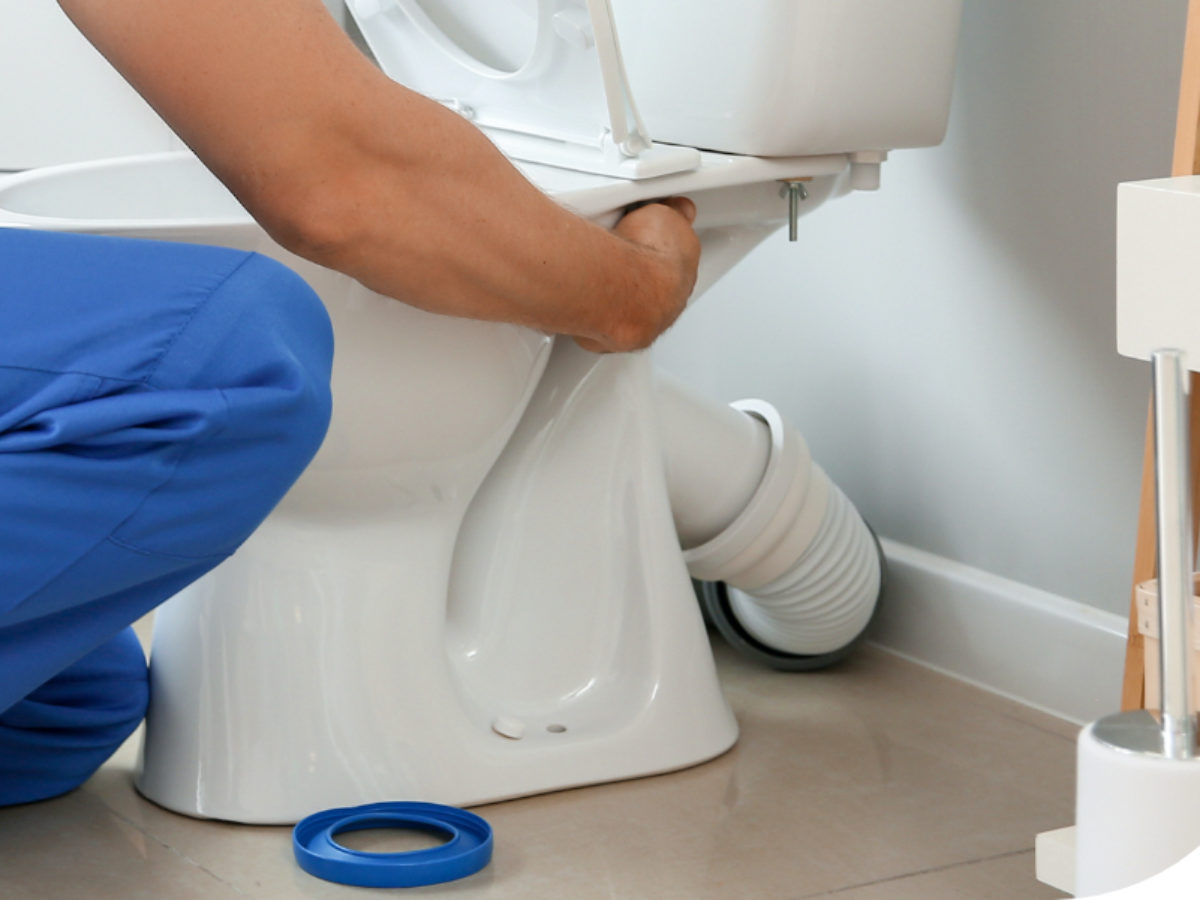
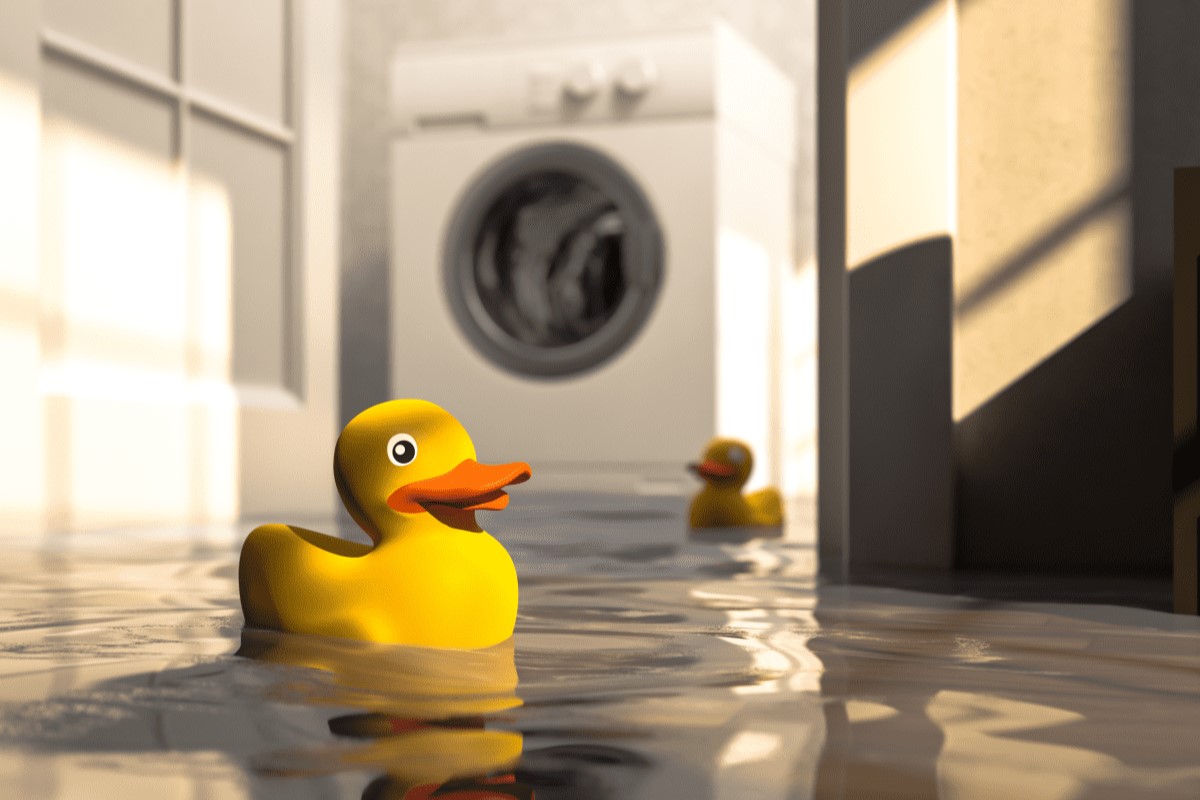
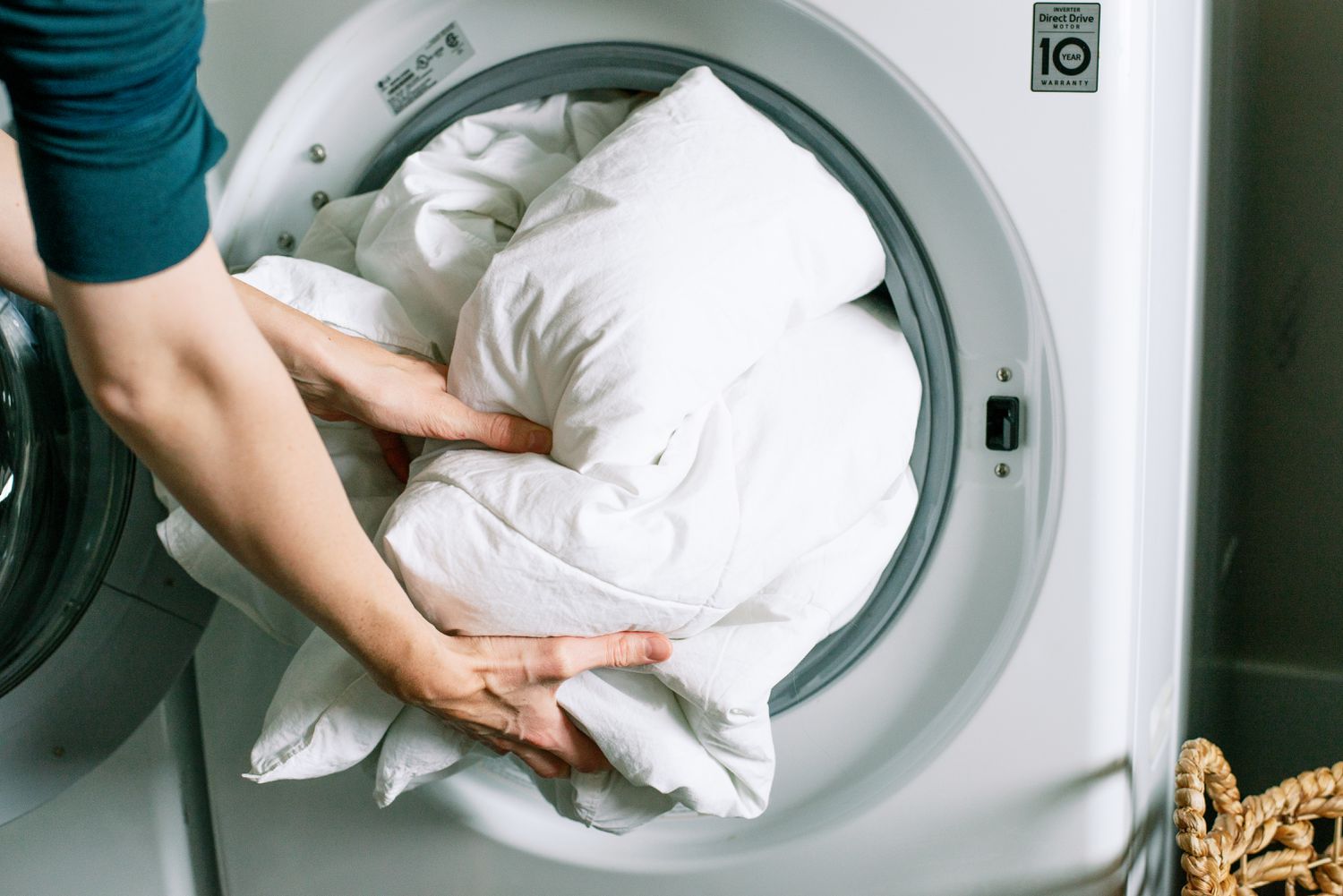
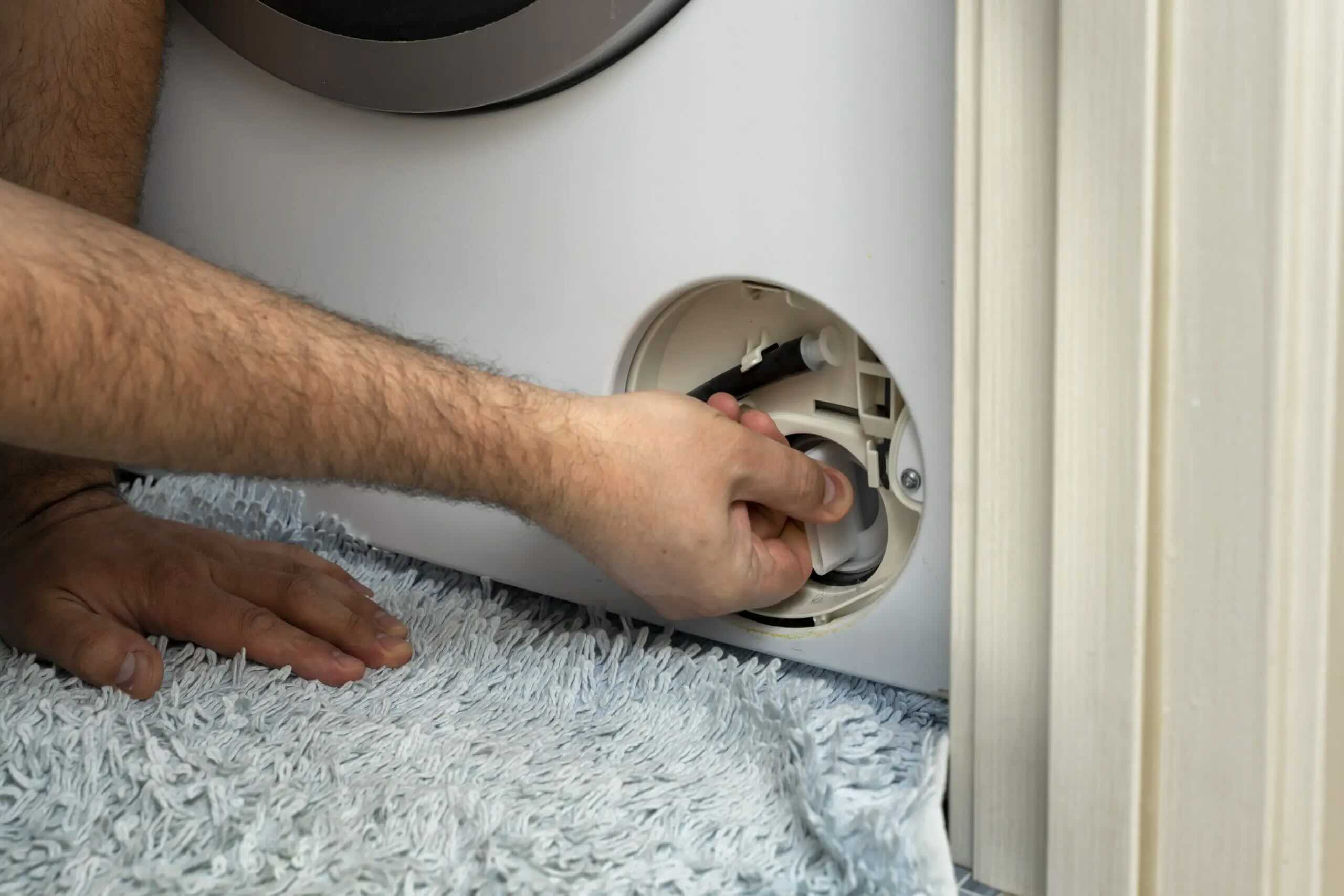
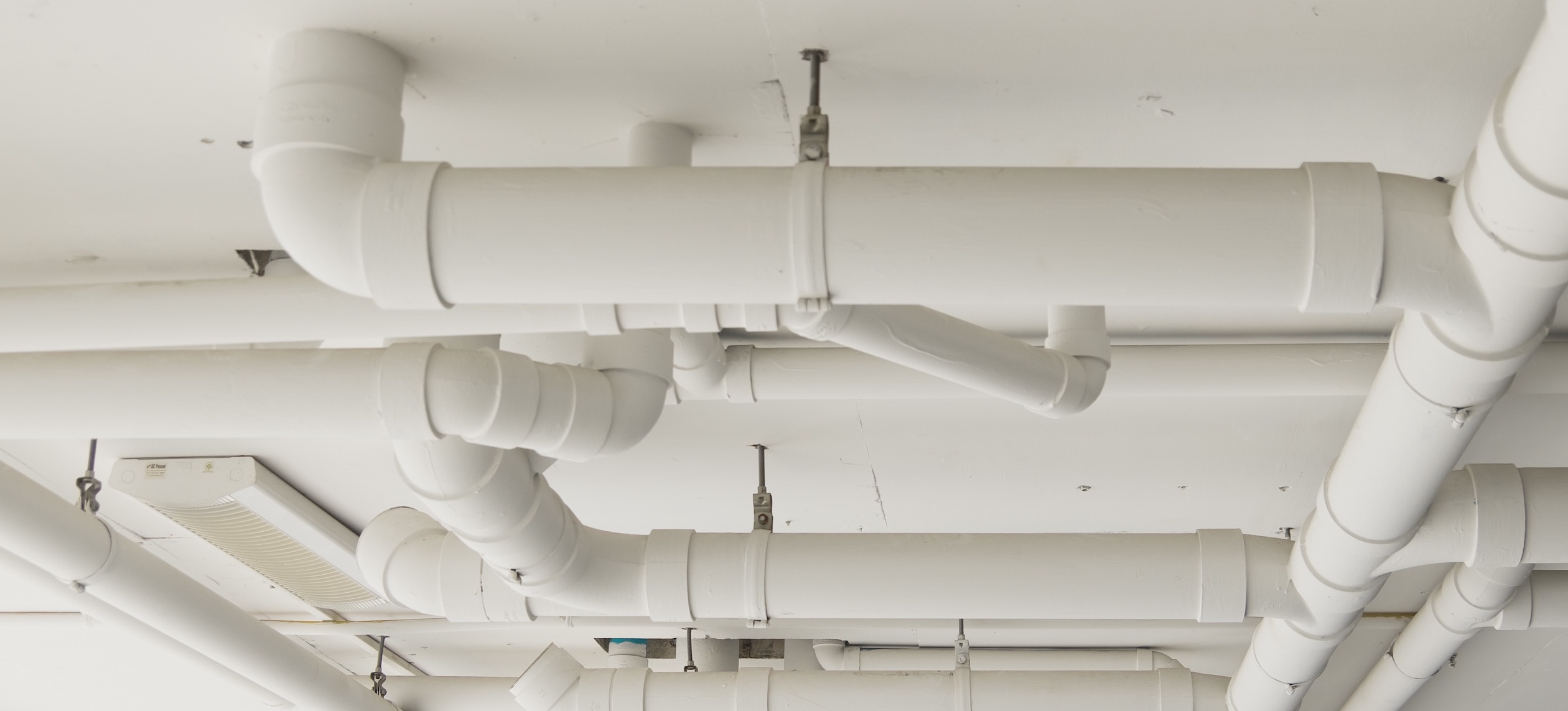

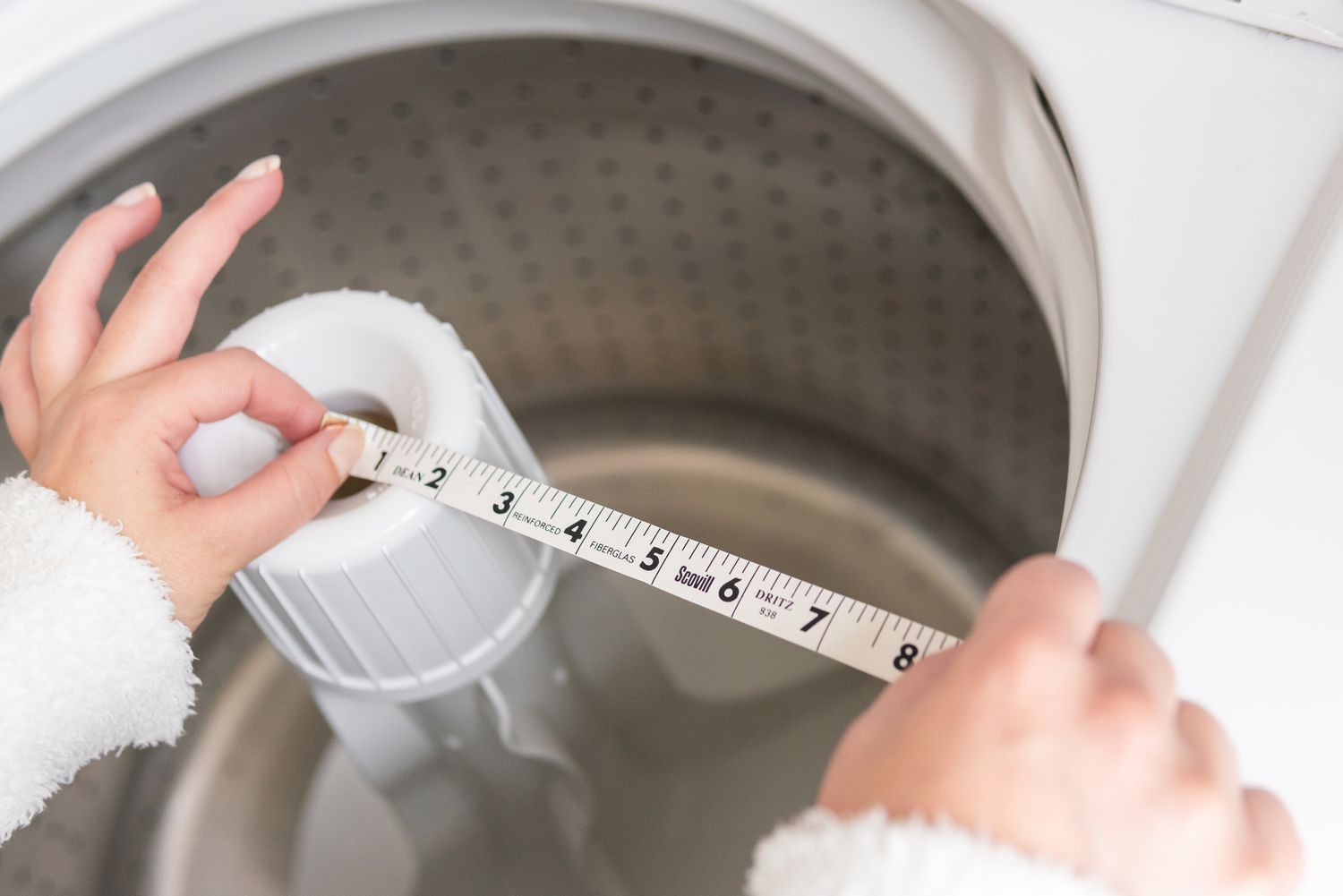
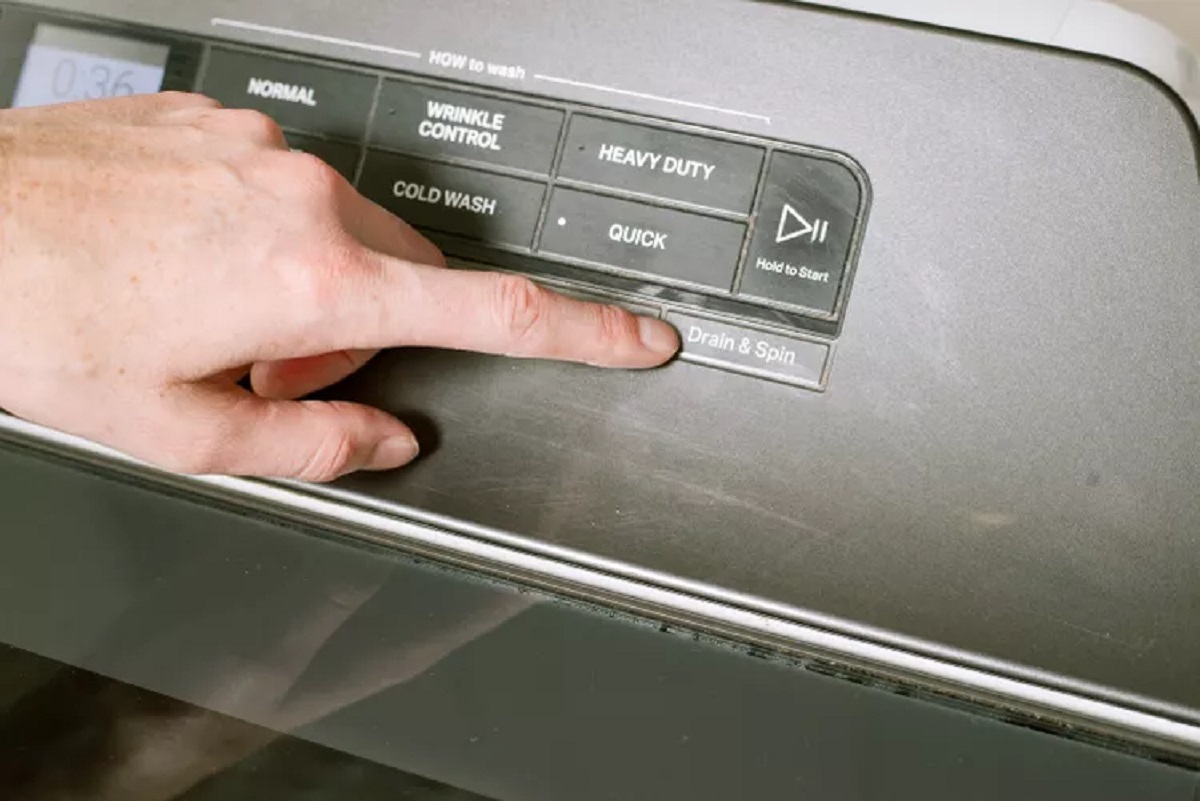
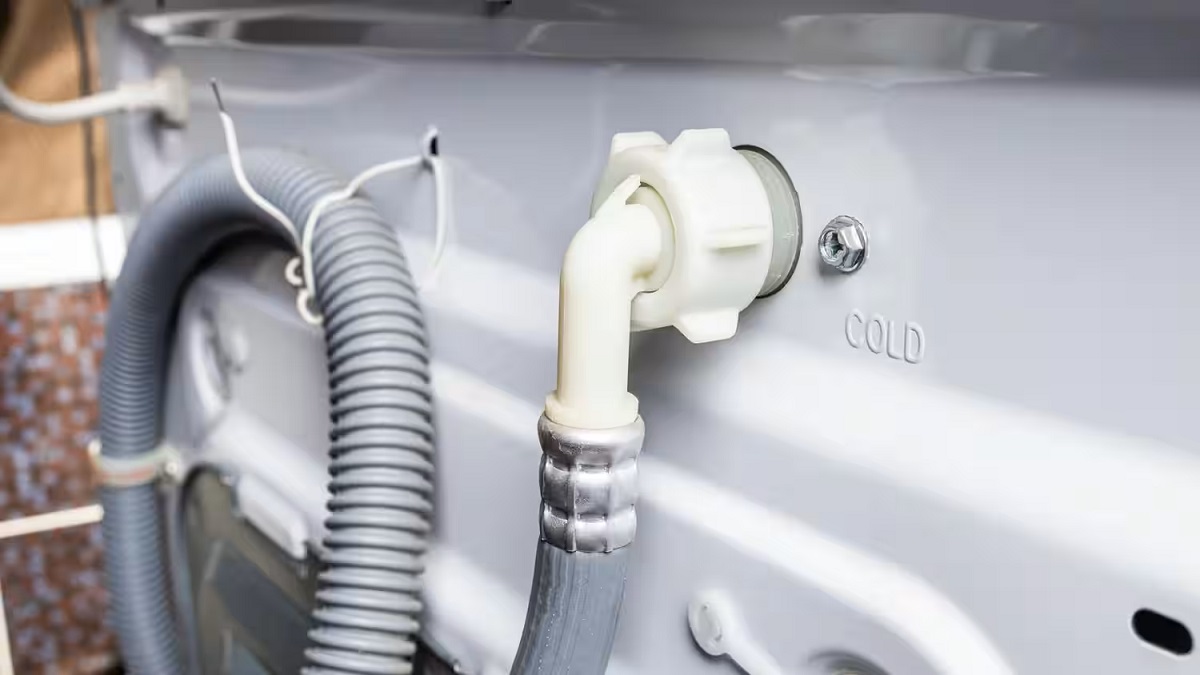



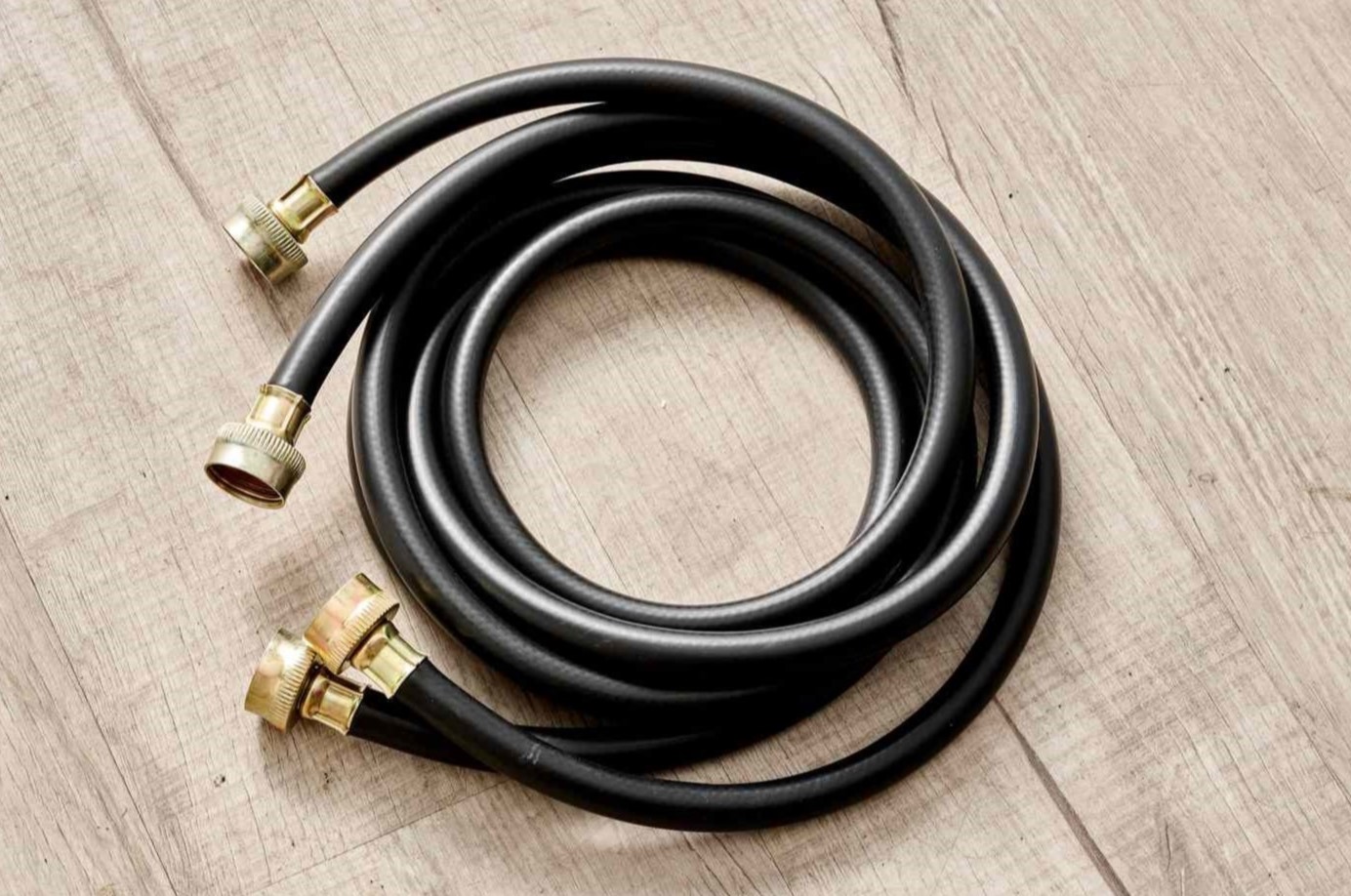

0 thoughts on “What Size Drain Pipe For A Washing Machine”